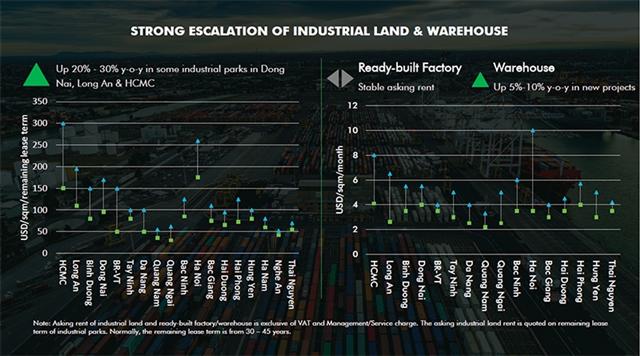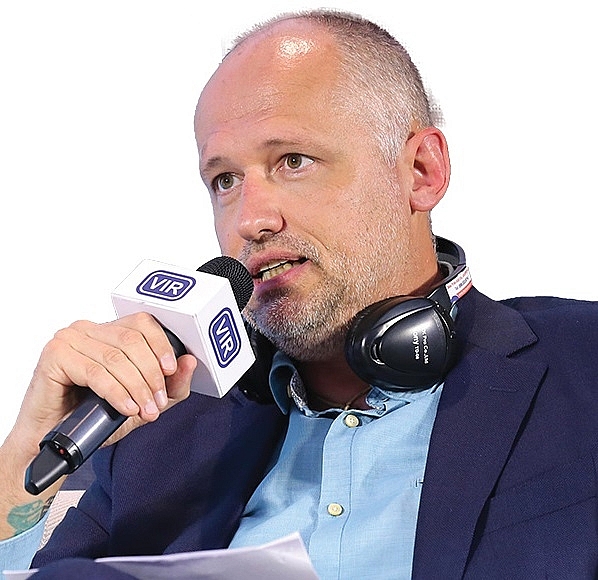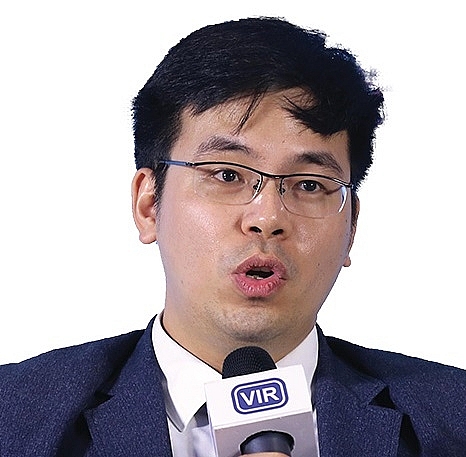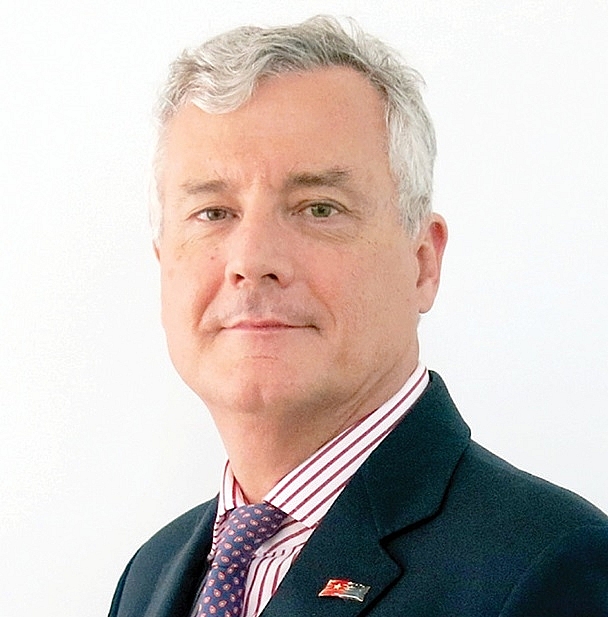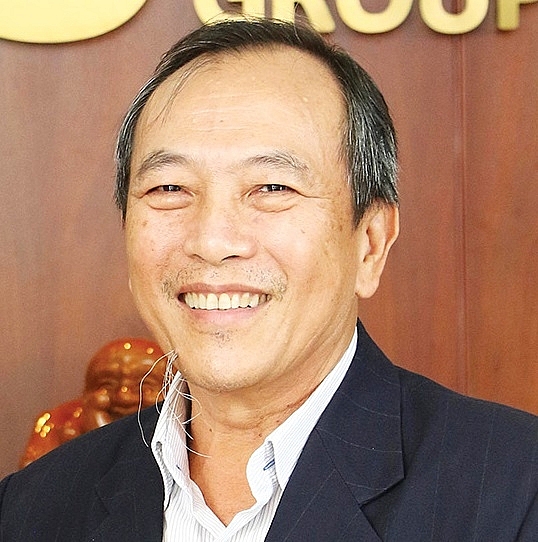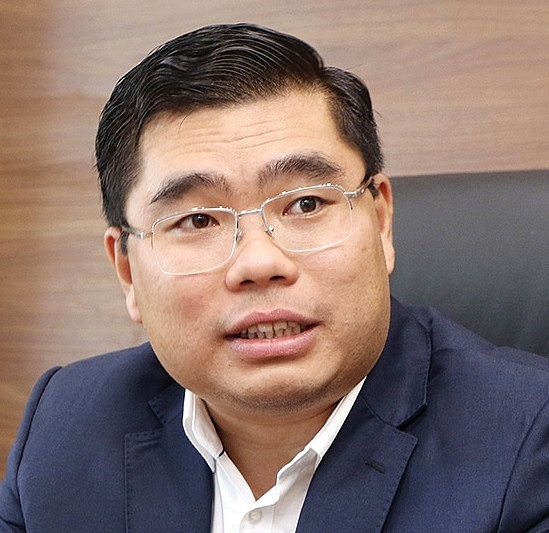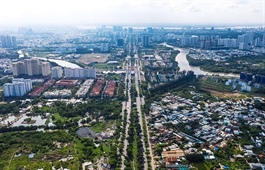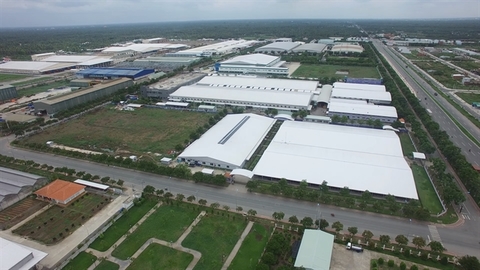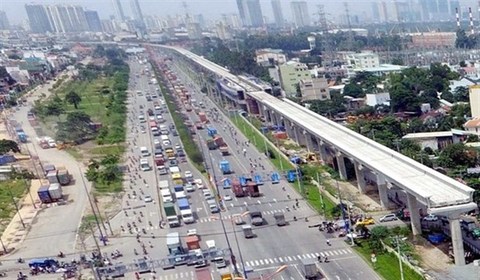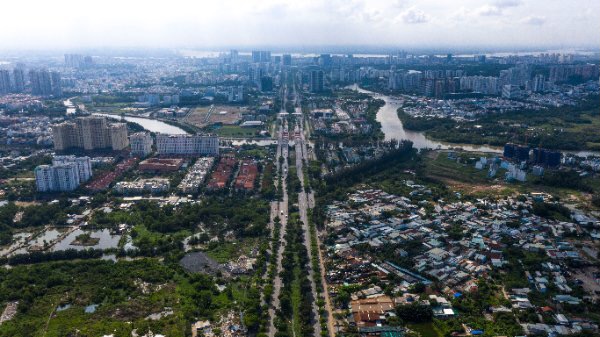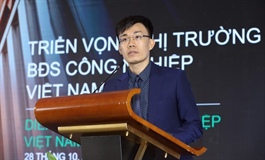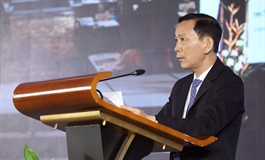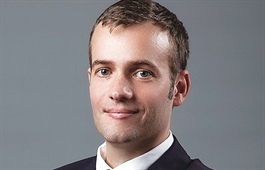Planning urban industrial facilities to fit new demand
Planning urban industrial facilities to fit new demand
Whilst Vietnam is ramping up efforts to develop its industrial zones and make more ground ready to be used by domestic and international manufacturers, the new trend of combining urban and industrial zones in eco-friendly ways is taking the lead in planning.

At last week’s Vietnam Industrial Property Forum, leaders of companies, state agencies, and media discussed plans for the next five years
|
Over the past five years, the Ministry of Planning and Investment has coordinated with several donors to implement a pilot project and transform the country’s traditional industrial zones (IZs) into eco-industrial ones as well as secure further jobs for workers.
This was shared by Deputy Minister of Planning and Investment Nguyen Thanh Thong at last week’s Vietnam Industrial Property Forum held in Ho Chi Minh City, and co-organised by Vietnam Investment Review and BW Industrial Development JSC.
Deputy Minister Thong explained that industrial parks are the foundation for transforming towards a more sustainable economy, society, and environment, and that enterprises have been participating in cleaner production, efficient use of resources, and cooperative production.
VIR editor-in-chief Le Trong Minh said that as an attractive, safe, and friendly investment destination, Vietnam is welcoming the global investment movement, thereby effectively implementing the government’s orientation to improve the quality of foreign investment attraction.
“Our nation is now on the radar of many large-scale international investors who look for new business opportunities and are shifting their supply chains, which have been heavily affected by the pandemic and geopolitical factors. Even with trade interrupted because of the pandemic, industrial property has become one of the most active segments in 2020,” Minh said.
He added that in the coming years, the industrial property market is forecast to be even more active thanks to the participation and expansions of large domestic and foreign investors.
Pham Van Tai, CEO of Truong Hai Auto JSC (THACO), said that after more than 20 years of investing in industrial property, he realised that in order to react to supply chain movements and successfully attract investors and manufacturers, areas must be developed as special functional zones instead of setting up simple models for industrial facilities only
THACO, therefore, is now investing in such special zones with different functions, in mechanics and automobiles, agriculture and forestry, and logistics.
“This model will help investors in industrial zones to reduce the cost of logistics and supply services, and develop a social infrastructure system to shape compound industrial cities that can attract investment flows and encourage manufacturers to participate in a whole range of services,” Tai said.
Dang Trong Duc, CEO of KTG Industrial told VIR that the direction from the government to develop industrial zones towards eco-industrial ones is suitable for global development.
“Eco-industrial parks are a good trend, not only in Vietnam, but also in neighbouring countries like Thailand, China, and Singapore,” Duc said, adding that only Vietnam-Singapore Industrial Park and Kinh Bac have developed projects in this way and combined their zones with urban areas.
Le Trong Hieu, director of Advisory and Transaction Services at CBRE Vietnam, said that developing industrial zones into special functional and ecological ones is the top priority worldwide.
Hieu added that Ho Chi Minh City’s current High-tech Park located in District 9, which will be merged with future Thu Duc City, is suitable to be combined with universities and urban developments.
“Together with the future financial centre which will be set up in Thu Thiem New Urban Area in District 2, this area can be considered the first combined ecosystem in Vietnam,” Hieu emphasised.
|
Bumps in the road
Despite the many advantages for development, Vietnam’s industrial property sector is also facing challenges. Accommodation for migrant workers is the most difficult problem that large-scale manufacturers are having to endure.
As industrial parks located close to their labour source would bring much comfort in terms of workforce supply, many companies have developed housing areas for local workers.
However IZ management boards also need to think twice before setting up houses for workers, as some localities offer more affordable accommodation from local landlords.
Diep Thanh Kiet, vice chairman of TBS Group’s executive board, says that providing housing for labourers could be right in the southeastern provinces, but maybe not for the southwestern region, where the accommodation is abundant.
Lessons from Myanmar have shown that companies copying this model from China ended up with no-one living in the buildings, wasting both money and time.
In addition, experts advise a close cooperation between local governments and enterprises, to divide which functions each side should be responsible for.
“The local authorities should be responsible for public facilities, while enterprises can develop factories and houses for workers,” Kiet said.
Getting things right
Nevertheless, even when the accommodation issues of employees are solved, other problems remain.
According to Nguyen Anh Tuan, head of Samsung’s Strategic Support Department, IZs also require a stable source of labour, and companies will be in big difficulties if they lose the supply of their labour force.
“Recruiting new workers means they have to retrain them again, which is costly and takes time. We will create more facilities, such as setting up educational facilities at the projects, so that parents can take care of their children more comfortably,” Tuan said.
Koen Soenens, general sales and marketing director at Deep C Industrial Zones Vietnam, said that some bottlenecks related to infrastructure, logistics cost, and labour efficiency remain in Vietnam.
“Vietnam’s infrastructure has improved much during the last few years. However, many things need to go further,” Soenens said.
Currently, Vietnam has 336 IZs with a total area of about 97,800 hectares with increasingly upgraded infrastructure as well as warehouse and logistics services to meet the investment needs and demands of domestic and international investors.
|
Koen Soenens - General director of Sales and Marketing, Deep C Industrial Zones
Improving infrastructure is the first mission for Vietnam to attract more investment flow from overseas. Despite remarkable growth as seen in schemes such as the North-South Expressway, local infrastructure will have to keep improving to resolve prevailing issues like traffic jams. Apart from this, Vietnam also should end some policies regarding worker’s salaries, such as the criteria to recruit men and women, and improve labour force quality and quantity as well. Many other issues must be improved but we require the government’s strength and vision. However, Vietnam has already achieved many results in a certain time – results which will take other countries many years to reach. Truong Tu Phuong - Chairwoman, Dai An JSC
In recent years, Hai Duong has spotlighted itself due to its ideal geographical location, abundant labour force, open policy for investment, and transparent investment environment. The province is making its mark in luring foreign-invested enterprises to transform their manufacturing. In the purpose of establishing a network of mutual industry, Hai Duong aims to develop a model of green industrial parks as well as high-tech zones. Beside the concern for quality assurance in leasing spots, the government, investors, and enterprises are increasingly paying attention to the issue of environmental health, as a key factor in attracting capital. How to build up an industrial zone which is both modern and environmentally friendly is a big challenge for many. Nguyen Anh Tuan - Head, Strategic Support Department, Samsung Electronics Vietnam
Samsung has been developing actively in recent years and to gain such fast development we needed great support from local supply chain of Vietnam. In 2008 we initiated our first complex in the northern province of Bac Ninh. By the end of 2014, Samsung continued to invest in new developments in Thai Nguyen and Ho Chi Minh City. Besides its factories, Samsung pours money into software research and development. Currently, such a centre is being built in a modern urban area located near West Lake in Hanoi. In addition, Samsung has many different subsidiaries specialising in the manufacture of phone screens and phone batteries. Samsung’s future plan is to increase the competitiveness of the business. Specifically, we want to step-by-step reduce its price and add quality. The next development direction of Samsung is to diversify its product portfolio and constantly promote high-quality human resources. Dang Trong Duc - CEO, KTG Industrial
I see a huge demand of rental industrial space in the north, because the land area there is much smaller than in the south. So when demand is increasing day by day, rental ability will be faster. Furthermore, infrastructure and transport in the north is improving at a faster rate than in the south, with a lot of expressways launched that connects transport between Hanoi and other provinces, and even to the border with China. Numerous multinational corporations are setting eyes on northern provinces to relocate their factories and headquarters, leading to the relocation of their suppliers and vendors, too. It is so easy to see the potential and advantages of southern provinces, but the rental price in the north is increasing faster. In the time coming, KTG will develop some projects on the available land in both the north and south. We will break ground on the first phase of a 13ha project in the south (Nhon Trach 2) in November, and break another one in the north soon. Nicolas Audier - Chairman, EuroCham in Vietnam
I have received many phone calls and consulting enquiries from companies based across Europe who have been asking about investment in Vietnam in recent times. Many online meetings and webinars have been also conducted by investors and many of those are hoped to be officially signed in 2021. Companies such as Nike, Adidas, and H&M are investing in Vietnam in the form of mergers and acquisitions or joint ventures. About €6 billion ($7 billion) from the Europe is waiting to flow into the new energy sector in Vietnam. In addition, many companies are interested in energy and green fuel production. The Vietnamese government in recent years has been making great efforts in improving the country’s legal system and becoming more open to investors from other nations. Currently, these international investors can also propose and work directly with the government, which Eurocham highly appreciates. Diep Thanh Kiet - Vice chairman, TBS Group
TBS Group is both an industrial manufacturer and property developer. We now own several industrial parks located in such places in Thai Binh, Hoi An, and Binh Duong. With the insight of creating our own industrial property, we do not only build internal infrastructures, but control technology and create factories. We dare to say that each factory from TBS Group meets the demands of customers as well as product lines. We see that when developing an industrial park, it is not only the issue of building and renting land, but it is about advancing software and auxiliary areas. We have our factories with our own conveyance model, serving manufacturing products such as handbags, pulses, and shoes. If TBS Group was not a property developer, things might not be achieved because we have to meet both design technology requirements and product lines. Phan Tan Dat - Chairman, KBS Bimico
We see industrial property as a field with strong potential to rise, so KSB has been well-prepared for the forthcoming journey, and is now renting industrial land for factories and warehouses. We intend to establish urban industrial parks in the near future. At present, the trend of industry development needs houses and surrounding facilities as well, in the purpose of adopting demand of houses and facilities as well as attracting workforce and experts. In addition, we create green and clean industrial property projects and focus on investing in the sewage system, growing green trees, and refrain from leasing properties to polluting enterprises. I see Binh Thuan and Dong Nai have potential to develop industrial property. These provinces have traffic innovation and strong connection between regions, as well as cheap compensation expenses. Pham Ngoc Tung - Vice general director of Sales and Marketing, IMG
It is possible for Vietnam to expect 6 per cent GDP growth in 2021 due to the many positive factors supporting the industry. The impact of COVID-19 is a lasting one, but Vietnam remains a reliable destination. Location development will be our primary strategy; in addition to this, we will also focus on developing infrastructure system for enough attractive to tenants. Currently, technology offers a great tool of communication for businesses, and we also make the most of this. This tech has helped us make our operations more efficient and attract investors from abroad. But to carry out this task, we need support from local authorities for pushing administrative procedures. Nguyen Thanh Phuong - General director, Sao Do Group
One of the things we have seen from the transformation wave is that multinational groups psychologically want to move to minimise risks instead of just putting all their eggs in one basket. Vietnam has great advantages with a series of free trade agreements (FTAs) that are in effect or are in the negotiation process. Partners all want to benefit from the FTAs that Vietnam signed in terms of exporting tariffs. Therefore, it is important for an industrial zone to be set near international airports and sea ports, highways, and railways. Nam Dinh Vu Industrial Zone has all these factors. The zone is 10km from Haiphong, 15km from Lach Huyen International Deep Port, 4km from the Hanoi-Haiphong highway, 8km from Cat Bi International Airport, and more besides. In addition, Nam Dinh Vu Port is in operation, helping enterprises import and export material and goods conventionally and faster. It is reducing lots of transportation costs compared to other sites. |


